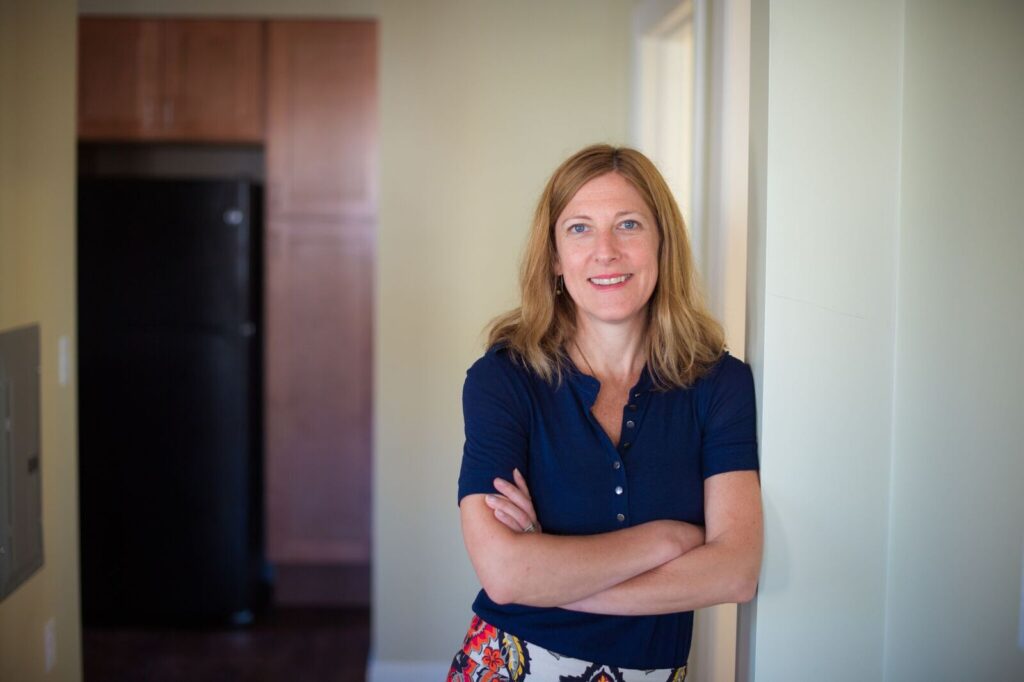
You may have heard of this forward-thinking RI Department of Health initiative that is beginning to serve as a national model for community-driven health. But what is a Health Equity Zone, and how does it work?
What Are Health Equity Zones?
Ana Novais, deputy director of the Rhode Island Department of Health, defines Health Equity Zones this way: “Health Equity Zones are community-led collaboratives that are in a very specific geographic area making decisions about what health is, what health means to [community members], what’s important to them, and how they want to address those issues.”
Each geographically defined zone is headed up by a “backbone agency,” usually a non-profit that has the capacity to build an array of partnerships to help carry out the mission of the Health Equity Zone. In the Central Providence Health Equity Zone, ONE Neighborhood Builders is a community development corporation that acts as this convener.
What Inspired this Approach?

Jennifer Hawkins, executive director of ONE Neighborhood Builders, says that 80% of our health is determined by social, economic, environmental and behavioral factors, and just 20% comes from genetics and clinical care. This means that if the Rhode Island Department of Health focused simply on medicine, they would truly be missing the mark when it comes to the root causes of health disparity.
Hawkins acknowledges that a development corporation cannot solve health issues alone: “You can’t build your way out of systemic inequity,” she remarks, and goes on to say that tackling the root causes of inequity requires a more holistic, comprehensive approach to health.
“Why do homeless people end up in the emergency room more often? It’s because they’re homeless,” Hawkins says. We can continue to treat them with expensive ambulance rides and emergency room visits, or we can get to the root of it and get them stable housing.
How Does Funding Work?
The Health Equity Zone initiative truly is a grassroots approach: The RI Department of Health provides infrastructure grants to backbone agencies to help offset the cost of collaboration and accomplishing their missions. This is a relatively new approach; Departments of Health across the United States historically have relied on much more controlled, top-down approaches to solving systemic health inequity, rather than trusting community organizations to decide for themselves what is more important to them.
What Are Some Successes of the Program?
After a series of community feedback sessions, ONE Neighborhood Builders identified economic opportunity as one of the biggest factors of health inequity. So with Department of Health support, they launched their Community Health Worker Registered Apprenticeship initiative. The program trains community members with 144 hours of classroom education and 2,000 hours of on-the-job training to become certified Community Health Workers; this achieves the program’s dual goal of economic empowerment and health disaster preparedness. Read more about ONE Neighborhood Builders’ other HEZ initiatives on their website.
Hawkins pointed out, though, that every Health Equity Zone is unique, and other backbone agencies might focus on areas such as family health or food insecurity. It really is all up to the community.
How Can I Get Involved?
Hawkins says that we all can support the Health Equity Zone initiative by championing the idea that social determinants of health matter, and that we all have a part to play in advancing this important cause.
To learn more about the program or explore a partnership, contact Ana Novais at Ana.Novais@health.ri.gov. Support a backbone agency near you, look at this list of Health Equity Zones, backbone agencies, and contacts in Rhode Island.

